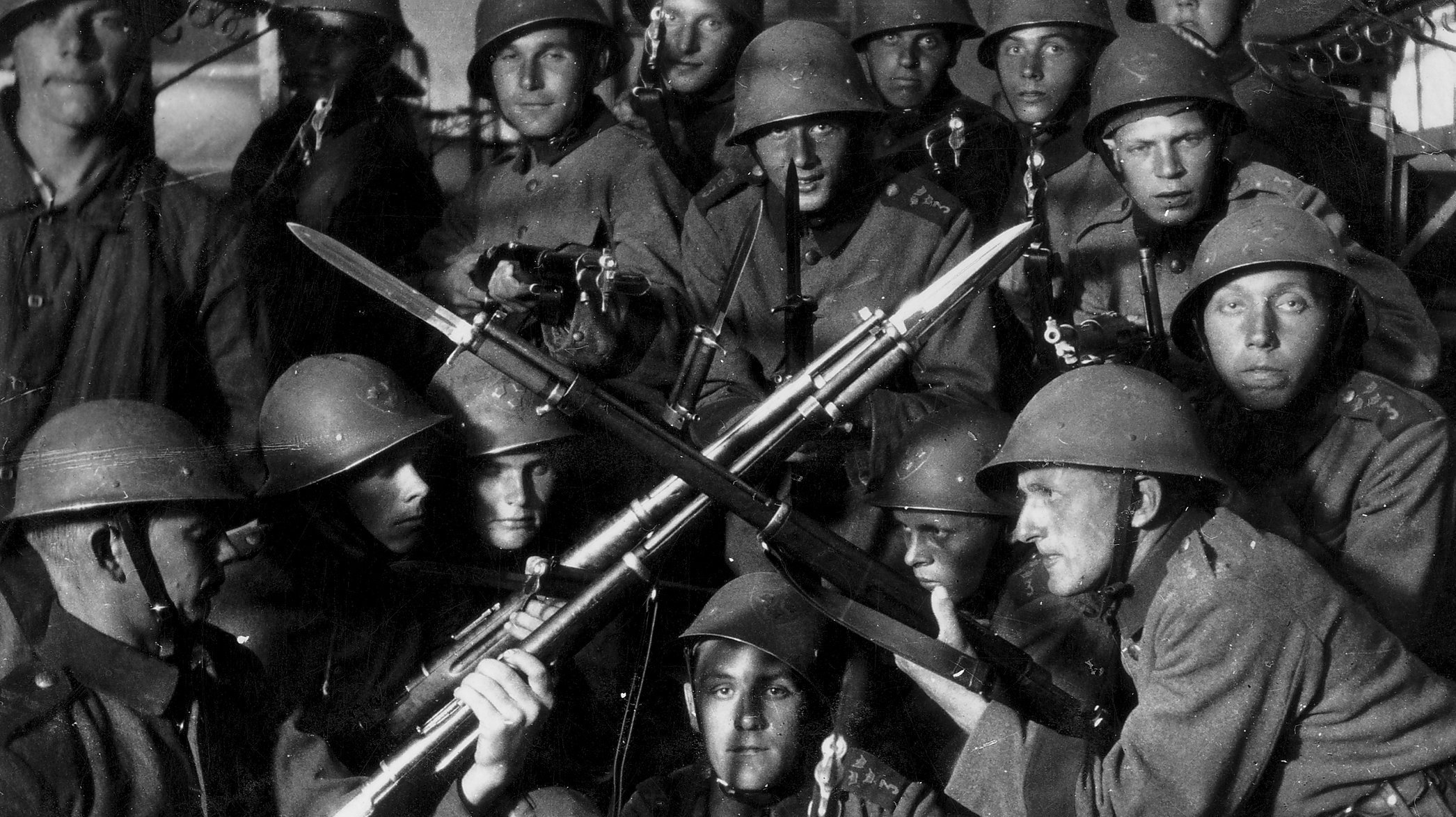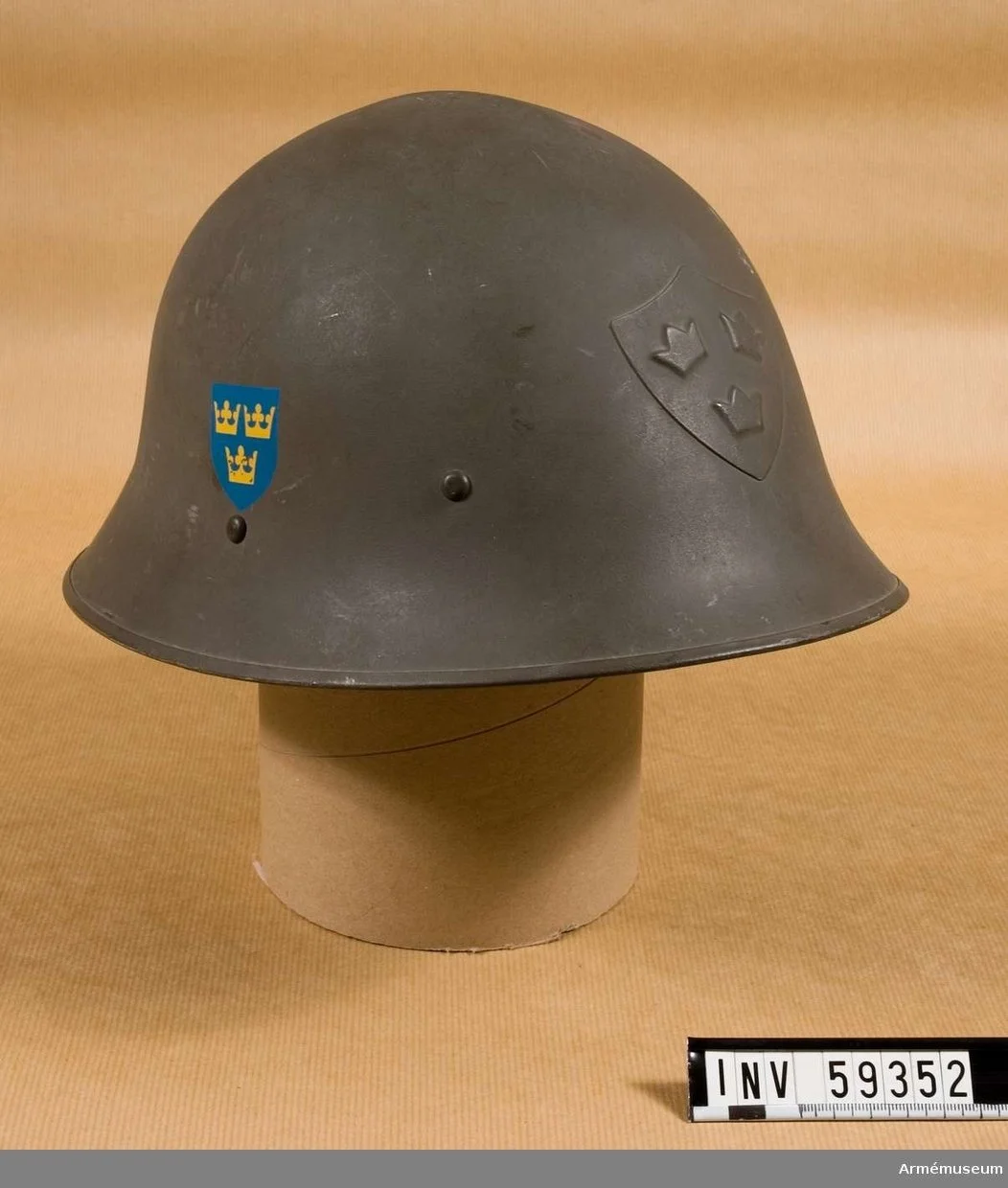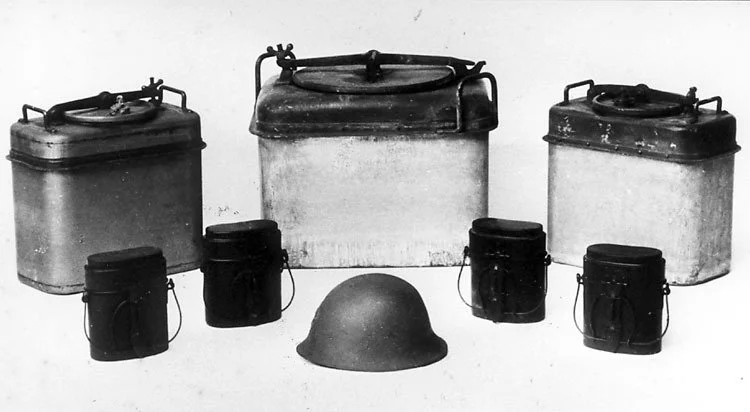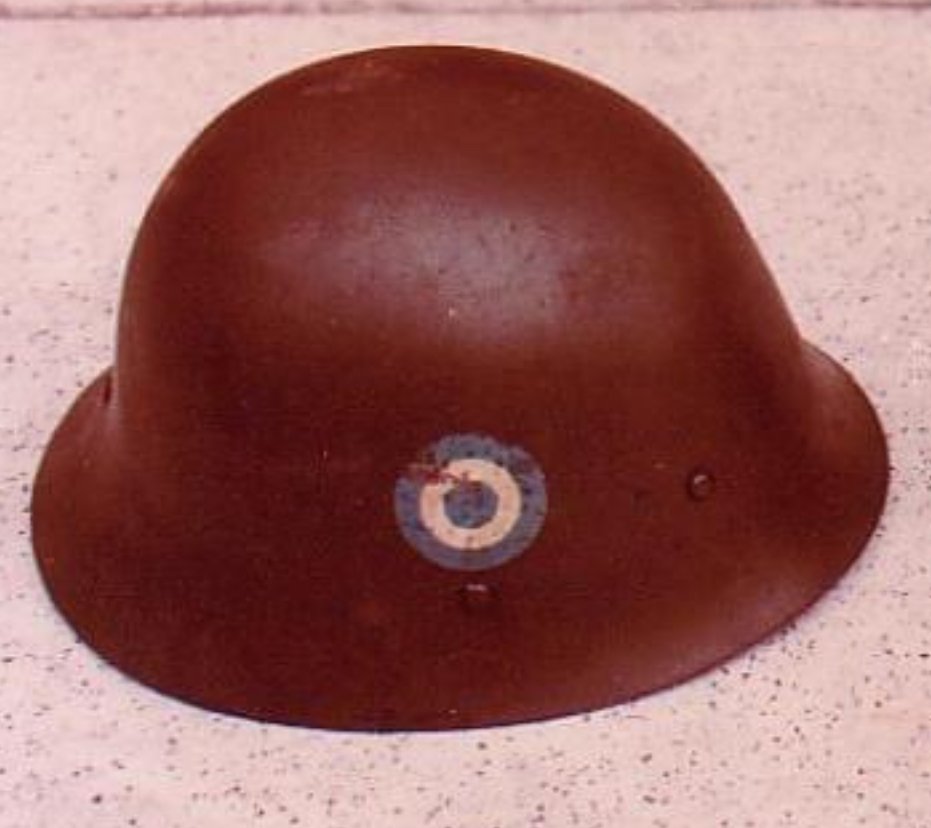
The m/1921 helmets
This webpage is still under development, information, media, format, etc may be subject to change in the future. THANKYOU FOR YOUR SUPPORT!
The m/1921 helmets are some of Sweden's most misunderstood yet fascinating helmets to see service. The helmet would be the military's first officially adopted and full-scale produced steel combat helmet, both the m/1921 "low & high" variants saw extensive full scale use throughout military during the interwar period and well into the Beredskapsåren period. The m/1921 would eventually be succeeded by the m/1937 helmet, however would see occasional usage into the Cold War period typically by Hemvärnet units.
Misinformation debunk
If you have seen an m/1921 helmet, you’ve most likely seen the designation “m/21-16” and “m/21-18” used to refer to both the low variant and the high variant, respectively. The typical claim goes that the “m/21-16” was designed in 1916 and the “m/21-18” was designed in 1918, however neither helmet design would be produced until 1921.
Despite this claim being widespread amongst the collector community, it is about as inaccurate as it can get. The designation system “-16” and “-18” on the end of an designation referring to an design year does not adhere to well established Swedish military designation regulation and philosophy whatsoever. It’s especially important to point out that Sweden had not even begun conceptualizing the m/21 helmets until the 1920’s, and had instead been extensively prioritizing other helmet designs prior.
This myth likely stems from collectors who have absolutely no understanding of Swedish military history or fundamental understanding of the Swedish designation system. The historically given name would be “m/1921 low” or “m/1921 high,” or even more so just “low helmet” or “high helmet.
Sweden maintained a strong interest in technological advancements throughout the Great War (1914-1918), with the introduction of the steel combat helmet being one such example. Following the war's conclusion, Sweden embarked on extensive research into helmet development and design. While a few designs were previously experimented with, the military ultimately created a variety of helmets for testing during the elusive 1920 helmet trials. Details of these trials remain largely unknown. However, it is clear that many design and construction elements from the aesthetically pleasing but ultimately unsuccessful "fm/B" helmet found their way into a new, improved, and streamlined design that better met the military's needs. Although further refinements were made to various elements, particularly the liner system, the final product emerged as a significant improvement over its failed predecessors.
Two related helmets were chosen for trials: a lower, broader design in sizes 66 (S) and 69 (M), well-suited for frontline troops in the still-relevant trench combat doctrine. The other, a higher model in sizes 66, 69, and 72 (L), was intended for backline troops such as officers or those in supply roles.
These helmets underwent testing and trials throughout 1922, finally being approved for military service in December of that year. Years later, long after the original trials concluded, the Swedish military seemingly attempted to develop a variant of the m/1921 helmets without the "tre kronor" emblem for foreign export sales and use. Unfortunately, almost nothing is known about these potential export helmets at this time.
Development
After being accepted into service, Eskilstuna Stålpressnings AB (ESAB, also known as Pressbolaget), located in Eskilstuna, Södermanland County, was quickly chosen to produce the new military helmets. Their prior production of a significant quantity of helmets used during the 1920 trials made ESAB the logical choice for the continued contract.
The military's early adoption of the m/1921 low helmet reflected its emphasis on trench combat doctrine, for which this design was ideal. The low profile and broad brim offered excellent protection for the neck and face from potential artillery debris, while the narrow front profile minimized the helmet's protrusion over trench lines. In concept, this design philosophy mirrored the British Mk.I "Brodie" helmet of World War I, with the m/1921 high helmet serving as a counterpart to the German Stahlhelm. The higher profile of the m/1921 high helmet, though less broad, made it more suitable for confined spaces or backline services where a trench combat helmet might not be necessary. Initially, cavalrymen, officers, and other backline troops found the m/1921 high helmet more practical. However, by the late 1920s, both helmets were seemingly used in a variety of roles, disregarding their originally assigned purposes.
By the 1930s, trench combat doctrine fell out of favor, replaced by a focus on modern maneuver warfare. This shift disadvantaged the m/1921 low helmet, which was no longer ideal for the new tactics. As a result, the m/1921 high helmet became the significantly more favored design, both by individual soldiers for its more practical and comfortable design and across the military landscape overall. Recognizing this trend, the military prioritized production of the high model, ultimately making it the standard production m/1921 helmet. Although the exact date of the low model's production halt remains unknown, it likely ceased sometime in the early 1930s. Despite this, both the low and high models continued to be used alongside each other in many units throughout the 1930s. However progressively by the later 1930s, many low helmets found themselves exclusively used by backline services, mirroring the original purpose of the high helmet.
Even during the Beredskapsåren period, the m/1921 remained the standard military helmet for the Swedish forces, despite the introduction of its successor, the m/1937 helmet, several years earlier. By wartime, most remaining low helmets in the army were transferred to backline or non-priority combat units. In return, a large number of high helmets were transfered over and issued to prioritized combat units. Despite extensive use throughout the wartime period In 1942, a general order mandated refurbishment of all military helmets. This included repainting all existing military helmets gray and applying the new m/42 Tre Kronor shield decals on both sides. The rapid conversion effort also saw many m/1921 helmets receive the newer m/1937 chinstraps aswell. By the later wartime period and early postwar years, a majority of the m/1921 helmets were phased out in favor of the m/1937 helmet. However, some units continued to be issued the m/1921 helmets well into the 1950s. It wasn't until the late 1950s that the military would finally order aswell as put extensive efforts into the removal of the m/1921 from primary service. Afterwards some Hemvärnet units would in rare instances utilize the m/1921 helmets throughout into the course of the 1960s and early 1970s, however by the mid 1970s the m/1921 would finally once and for all be officially decommissioned and removed from military service, marking the end of its roughly 50-year service in the Swedish military.
Service history
SOURCES:
Note* Will come back to add in the future













